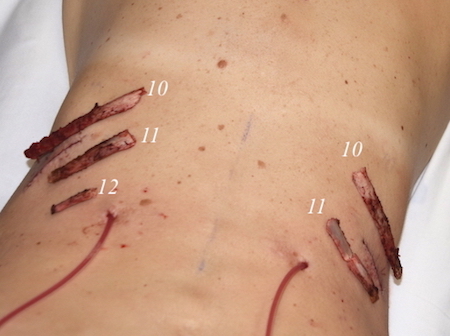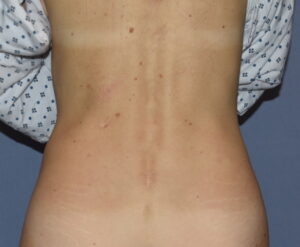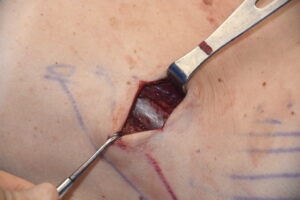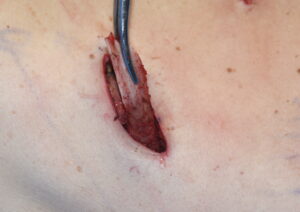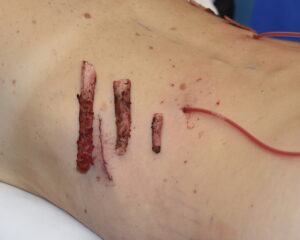Background: The width/shape of the waistline is influenced by numerous anatomic factors, much of which is soft tissue related. The amount of overlying skin, thickness of the subcutaneous fat layer, lateral projection of the latissimus dorsi muscle and even the intra-abdominal space/contents all influence the girth of the waistline. The one hard tissue contribution to it is that of the ribs, specifically the lower ribcage.
The lower ribcage consists of a combination of the false and floating ribs. Ribs #11 and 12 are the free floating ribs (without any attachments) and rib #10 is classified as a false rib because it does not articulate directly with the sternum. (but it has an anterior attachment to rib #9) All three of these lower ribs do have an influence on the width of the waistline as they provide structural support for surrounding soft tissues such as muscles and fascia. Thus a reduction in their lengths will result in some soft tissue collapse inward, reducing the profile of the waistline.
An interesting question is which of the lower ribs makes the biggest contribution to waist reduction? While it clearly is an effect of all three ribs, ribs#10 and #11 make the biggest contribution based on the lengths that are capable of being removed in my observations. Rib #12 is the shortest of the lower three and the shortest of the entire ribcage. It has no costal groove (for the intercostal nerve) and its short tip has a cartilaginous end. It is also prone to underdevelopment or no development at all.
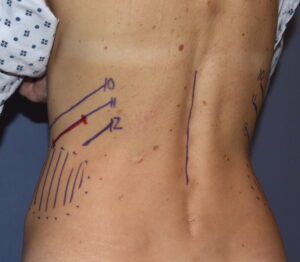
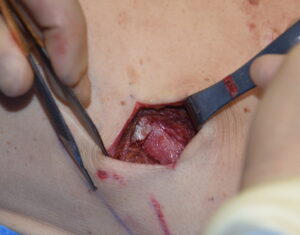
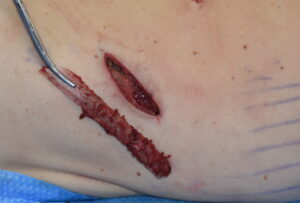
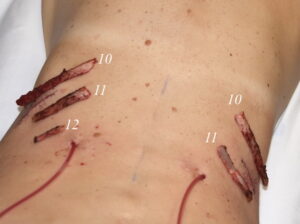
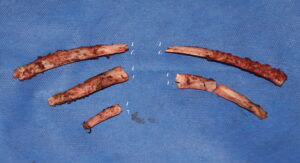
Case Highlights:
1) The thin female with an already small waistline is a not infrequent request for rib removal surgery.
2) The goal of the thin female is to have less of a straight line or boyish body shape.
3) The 12th rib is the smallest of all the ribs and can be very short and in rare cases even missing.
Dr. Barry Eppley
Indianapolis, Indiana

